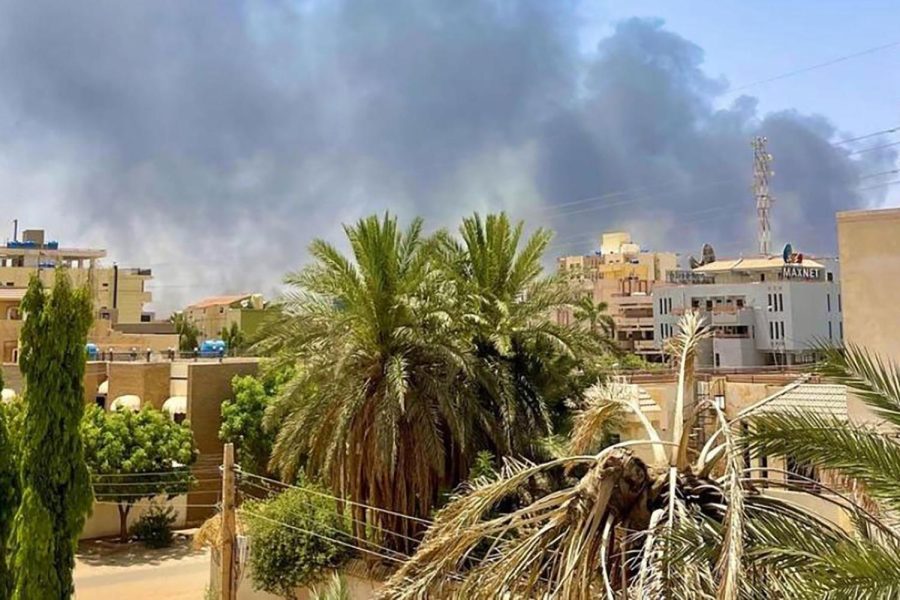Civil War in Sudan
Smoke rises following a bombing in the Al-Tayif neighbourhood of Khartoum, Sudan
May 4, 2023
Since April 15th, violent clashes have suddenly sprang up between the armed forces of Sudan (SAF), and the paramilitary Rapid Support Forces (RSF), largely concentrated within the capital of Khartoum, but still extending to other segments of the country. Whilst it is wholly unknown who initiated the conflict, what is important to note is that this conflict brings the de-facto leader of Sudan General Abdel Fattah al-Burnhan into direct confrontation with his deputy, the RSF’s general Mohamed Hamdan Dagalo.
In 2019, the two leaders in direct coordination with one another overthrew al-Bashir regime, effectively replacing former Military leader Omar Hassan Ahmad al-Bashir, and effectively establishing a new government within Sudan. Their coup removed the civilian prime minister and cabinet, as well as resulting in the suspension of the constitution. However, after both the SAF and the RSF agreed to a democratic transition, debates and questions emerged over how the RSF would be integrated into the SAF.
Negotiations would prove unfruitful, as they stalled time and time again, leading to rising tensions between the two organizations, boiling over to the conflict that started on Saturday. Both the RSF and SAF have traded accusations on who initiated the conflict, but it is widely known that in the weeks before, the RSF had mobilized large numbers of men, ordering them into Khartoum, with the SAF responding by deploying heavy tanks and heavy weapons. Days just before the clash, the RSF deployed large numbers of men to the town of Marowe, a town in the northern part of the country, and clashes had emerged there as well.
It could thus be said that this conflict was long expected, and that both the SAF and the RSF were preparing for this conflict. Through careful examination of the evidence that is well known, both sides have lost their faith in the political system, and instead have resolved to achieve their individual visions for Sudan through force of arms and violence, representing an almost poetic tragedy that now once again plunges the scarred country into conflict.
This conflict seemingly represents a trend of increased violence across the globe, possibly resonating from increased tensions between the United States, and Russia and China. Along with the Ukraine War, notable other increases of tensions include heightened tensions around Taiwan with China eyeing the island, as well as a worsening situation on the DMZ zone that separates North and South Korea. Whether this will reflect a continuing trend remains to be seen.


